Introduction to Crate Training
Understanding Crate Training: Crate training, at its core, is about house training, a method used to provide dogs with a safe, personal space in their homes. Historically, our domesticated dogs have always had an innate den instinct. This instinct drives them to seek out enclosed, cozy spaces, reminiscent of the dens their wild ancestors used for safety and rest.
Why Consider Crate Training?: In the modern-day, crate training has gained relevance for a multitude of reasons. For dogs, it taps into their natural desire for a den-like space, offering them a sanctuary of their own. For owners, it becomes a practical tool, especially during the potty training phase or when ensuring the safety of their pet during transport. Moreover, it can be a preventive measure against destructive behavior, especially in younger, more energetic dogs.
The Controversy Surrounding Crate Training: However, like many training methods, crate training isn’t without its controversies. Common misconceptions revolve around the idea that it’s a form of punishment or that it’s akin to caging the animal. The ethical implications of crate training are often debated, especially when it’s used improperly, leading to overuse or causing separation anxiety in dogs.
Importance of a Balanced Perspective: It’s crucial to approach crate training with a balanced perspective. By understanding both its pros and cons, owners can make informed decisions that prioritize the well-being of their pets. This article aims to delve deep into the intricacies of crate training, shedding light on its benefits and potential pitfalls.
The Benefits of Crate Training
Tapping into Natural Den Instincts: Domesticated dogs, by their very nature, are descendants of wild animals that sought out dens for safety and comfort. A crate, when introduced correctly, can serve as a modern-day den, providing dogs with a space that taps into these ancient den instincts.
- Many dogs, recognizing this environment, will voluntarily retreat to their crates, especially during stressful situations like thunderstorms or unfamiliar visitors.
- It’s a testament to the power of their natural instincts when a simple crate can offer such profound comfort.
Aiding in Potty Training: One of the standout benefits of crate training is its role in housebreaking or potty training puppies. Dogs instinctively have a natural aversion to soiling their resting areas. By leveraging this instinct:
- Owners can establish a routine, taking the puppy out after crate-time, reinforcing the right spots for relief.
- This method has proven effective time and again.
- The crate becomes more than just a space; it’s a tool for instilling good habits to potty train your pup.
Safety During Transport: Travel, whether it’s a short trip to the vet or a longer journey, can be stressful for dogs. Here’s where the crate shines:
- It ensures your dog remains secure and contained, crucial for car rides where sudden stops or unforeseen accidents can pose risks.
- The crate, beyond just physical safety, offers a familiar environment. This sense of familiarity can significantly reduce travel-induced anxiety.
- Ensuring your dog’s safety and comfort during transport is paramount, and a crate is often the best tool for the job.
Preventing Destructive Behavior: Young dogs, especially puppies, are bundles of energy. This energy, while endearing, can sometimes manifest as destructive behavior.
- Chewing, a natural behavior, can lead to destroyed belongings or even pose health risks if they ingest non-food items.
- By providing a controlled environment with safe toys, the crate ensures both the dog’s safety and the preservation of household items.
- It’s a win-win, with the dog entertained and the home intact.
Reducing Territorial Behavior and Easing Possessiveness: Dogs, being pack animals, can sometimes exhibit territorial behaviors.
- Introducing a crate gives them a personal space, potentially reducing conflicts with other pets or new family members.
- The crate, serving as the dog’s “den,” can ease possessiveness over other home areas.
- By giving them a space they can call their own, many territorial issues can be preemptively addressed.
Facilitating Recovery After Medical Procedures: Post-procedure recovery is a delicate time for dogs.
- They often require a calm, restricted environment to heal without complications.
- The crate, familiar and controlled, can prevent excessive movement that might aggravate their condition.
- Ensuring a smooth recovery is every pet owner’s wish, and a crate can be instrumental in achieving that.
The Potential Drawbacks of Crate Training
While crate training offers numerous benefits, it’s essential to be aware of the potential cons of crate training. Responsible pet ownership involves understanding both sides of the coin to make informed decisions.
Potential for Overuse: Crates, when used judiciously, can be a haven for dogs. However, there’s a risk of over-relying on them. Keeping a dog crated for extended periods can lead to physical and mental health issues.
Dogs, being active creatures, require regular exercise, social interaction, and mental stimulation. Extended confinement can lead to muscle atrophy, depression, and behavioral problems. It’s essential to strike a balance, ensuring your dog gets ample time outside the crate.
Bladder Control Issues: Dogs, especially puppies, have a limited capacity to hold in their needs. Prolonged confinement can force them to soil their crates, which is distressing for the animal and counterproductive for housebreaking efforts.
Regular breaks are essential, especially for younger dogs with smaller bladders. Resources like Choosing the Right Crate emphasize the importance of understanding a dog’s needs and adjusting crate time accordingly. Consistent crate soiling can make housebreaking more challenging and can be distressing for the dog.
Exacerbation of Separation Anxiety: Crates should be a space of comfort, but for some dogs, especially those prone to separation anxiety, it can become a space of distress. Signs to watch out for include excessive barking, whining, or even attempts at self-harm.
Differentiating between a dog being comfortable in its own space or crate and one feeling trapped and anxious is crucial. It’s essential to ensure that the crate remains a positive space and not a source of anxiety.
Perception as Punishment: A common mistake some dog owners make is using the crate as a form of punishment. This approach can lead to negative associations with the crate. A dog should view its crate as a safe haven, not a place of isolation or punishment. Misusing the crate in this manner can erode trust and increase anxiety.
Safety Concerns with Crate Quality:
- Not all crates are created equal.
- Poorly constructed or inappropriate-sized crates can pose risks such as limbs getting caught or choking hazards from broken parts.
- Choosing a crate that’s sturdy, appropriately sized, and well-ventilated is paramount for your dog’s safety.
Best Practices for How to Crate Train
Crate training, when done correctly, can be a beneficial tool for both dogs and their owners. However, the key lies in the approach. Understanding and implementing best practices can make the difference between a positive and negative crate experience.
Choosing the Right Crate
The foundation of successful crate training lies in selecting the appropriate crate. The size is paramount: it should be large enough for the dog to stand, turn around, and lie down comfortably. However, it shouldn’t be so expansive that they can soil one end and sleep on the other.
Materials also matter. While wire crates offer good ventilation, plastic ones can feel more den-like, providing that essential den instinct environment. The choice often hinges on the dog’s preference and the prevailing climate. Resources like Choosing the Right Crate provide invaluable insights into making the best selection. Ensuring your dog’s comfort and safety starts with the right crate choice.
Introducing the Crate
A gradual introduction is crucial. Begin by positioning the crate in a frequented area with its door open, allowing your dog to explore it without pressure. Enhance its appeal with soft bedding and a few toys, creating an inviting ambiance.
Whenever your dog ventures inside voluntarily, reward them with treats and praise, reinforcing positive associations. For a deeper dive into the nuances of crate introduction, Creating an Effective Crate Training Schedule offers a comprehensive guide. A patient and positive introduction can set the tone for the entire crate training journey.
Establishing a Routine
Consistency is the linchpin of effective crate training. Designate regular intervals for crate time, ensuring it doesn’t become overly prolonged. Employ commands like “crate” or “bed” to signal crate time, and always reward compliance with treats or verbal affirmation. A structured routine helps dogs understand and anticipate crate time, making the process smoother for all involved.
Avoiding Negative Association
The crate should always symbolize a positive space. Never resort to using it as a punitive measure. If signs of distress or anxiety emerge, like puppy whining, it’s imperative to pinpoint and address the underlying cause rather than enforcing crate time. Ensuring the crate remains a haven rather than a prison for your crate trained pup is essential for its success.
Monitoring Crate Time
Keep a vigilant eye on the duration your dog spends in the crate. Especially for puppies, regular breaks are non-negotiable. Outside of the crate, ensure your dog receives ample exercise and interaction, balancing confinement with freedom. Striking this balance is crucial for the dog’s overall well-being.
Safety Precautions
Routine inspections of the house and crate for potential damage or hazards are a must. Position it in a well-ventilated locale, shielded from direct sunlight or chilly drafts. Your dog’s safety should always be the top priority.
One Dog Per Crate Rule
While crates offer a personal space for dogs, it’s essential to remember the rule of “one dog per crate.” Some owners, in an attempt to save space or money, might be tempted to house multiple dogs in a single crate. This can lead to several issues:
- Increased Stress and Aggression: Even the most amicable dogs can become territorial in confined spaces, leading to potential fights or aggressive behavior.
- Lack of Personal Space: Just as humans value personal space, dogs too need their own area to relax and feel secure away from other dogs. Sharing a crate can deprive them of this essential comfort.
- Health Concerns: If one dog falls ill, sharing a crate can expedite the spread of diseases or parasites to the other.
It’s always recommended to provide each dog with its own crate to ensure their safety, health, and well-being.
Frequently Asked Questions (FAQs) about Crate Training
- Why is crate training beneficial for dogs?
- Crate training taps into a dog’s natural den instincts, providing them with a safe and secure environment. It can aid in housebreaking, reduce destructive behaviors, and offer a familiar space during travels or stressful situations.
- How long should a dog be kept in a crate?
- The duration varies based on the dog’s age and needs. Puppies should only be crated for short periods, while adult dogs can handle longer durations. However, no dog should be confined for an extended time without breaks for exercise and social interaction.
- Is it cruel to crate a dog?
- When used appropriately, crates are not cruel. They offer a safe space for dogs. However, misuse, such as prolonged confinement or using it as punishment, can be harmful and counterproductive.
- How can I make the crate more comfortable for my dog?
- Add soft bedding, toys, and even an item of your clothing to make it feel homely. Ensure the crate is well-ventilated and placed in a quiet spot away from direct sunlight or drafts.
- My dog hates the crate. What should I do?
- Patience is key. Gradually introduce the crate using positive reinforcement. If anxiety or fear persists, consider consulting a professional dog trainer or behaviorist to address underlying issues.
Conclusion
Crate training, when approached with understanding and patience, can be an invaluable tool for both dogs and their owners. It taps into the natural instincts of our canine companions, providing them with a sanctuary that feels both safe and familiar. However, like any training method, its success hinges on its application.
By ensuring the crate remains a positive space, balancing confinement with freedom, and addressing any concerns promptly, crate training can lead to a harmonious coexistence. Remember, the goal is always the well-being and happiness of your furry friend. With the right knowledge and approach, crate training can be a step towards a more structured and peaceful household.

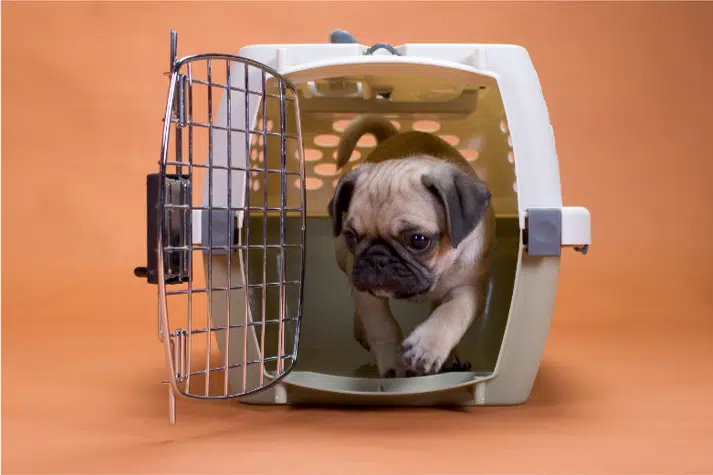
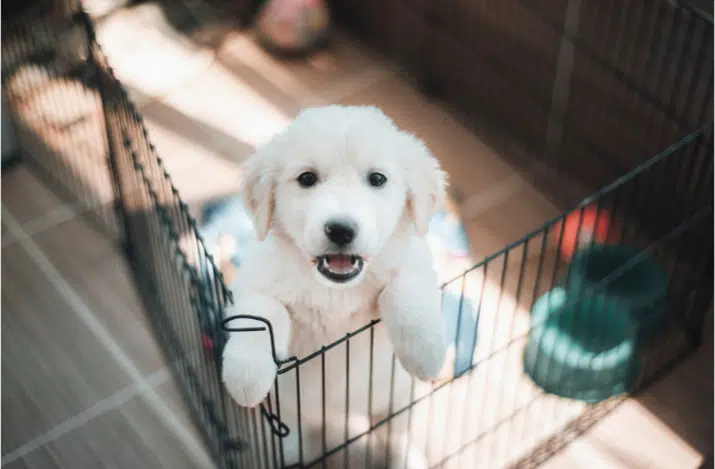
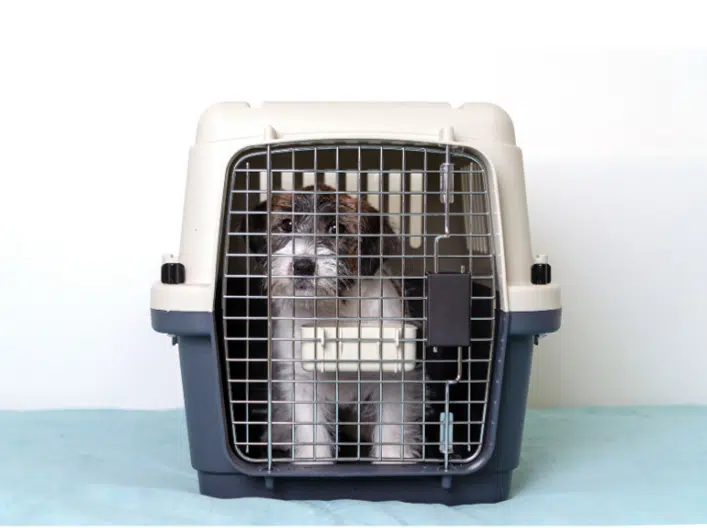
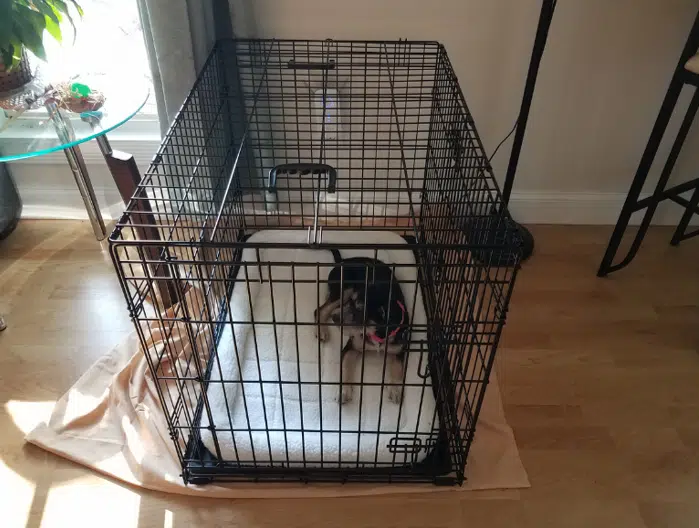

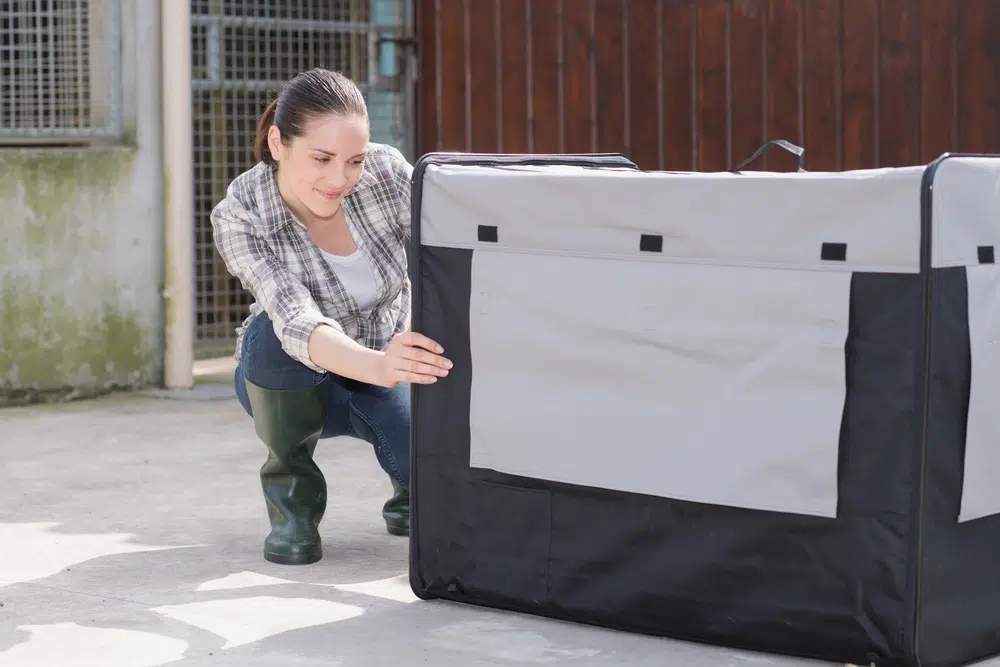
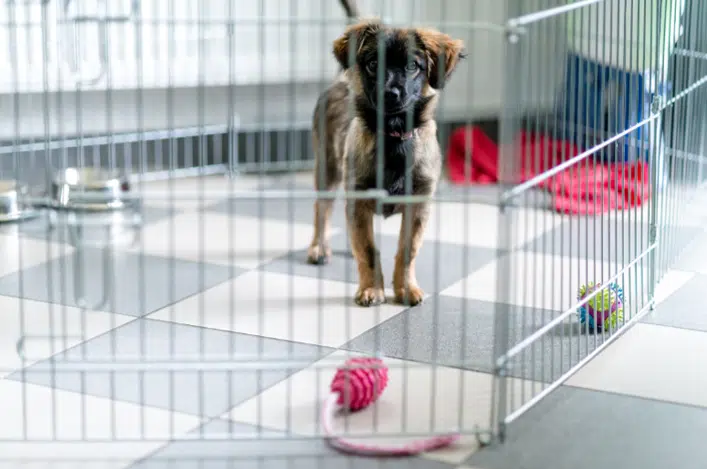

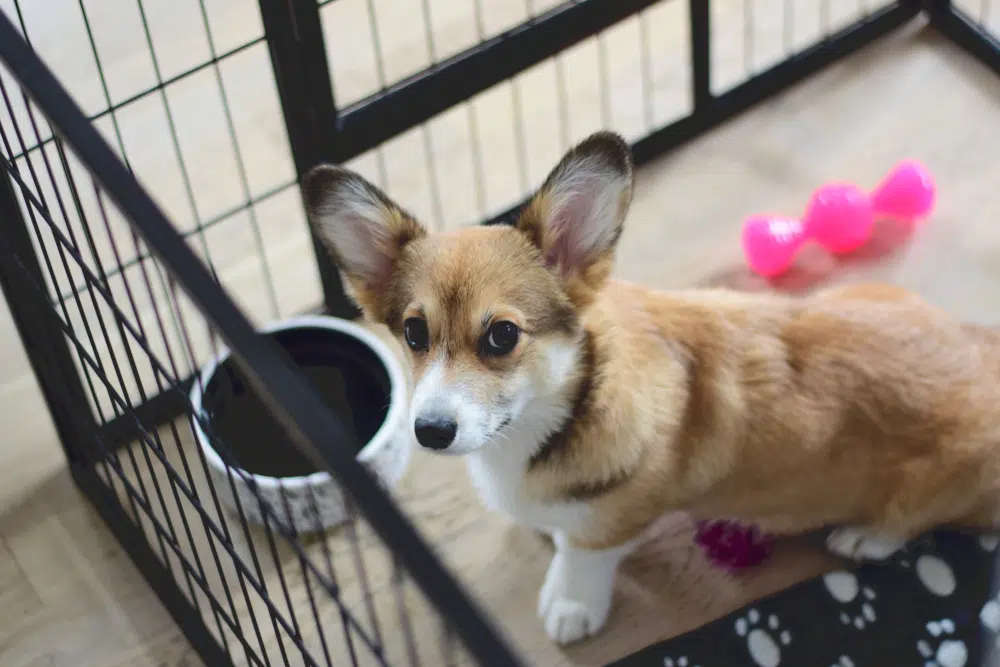
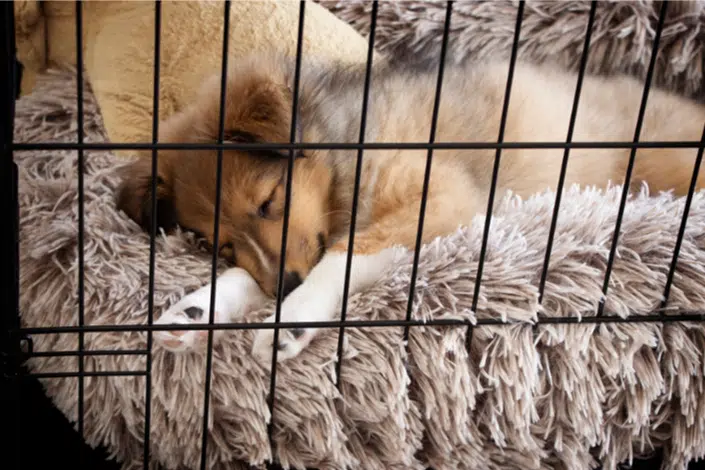

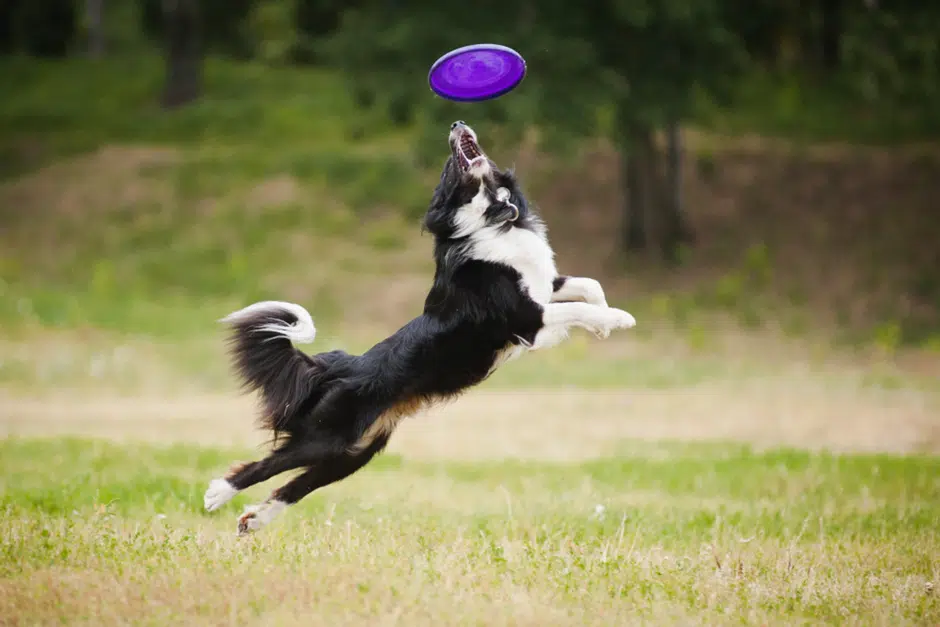




Get involved!
Comments